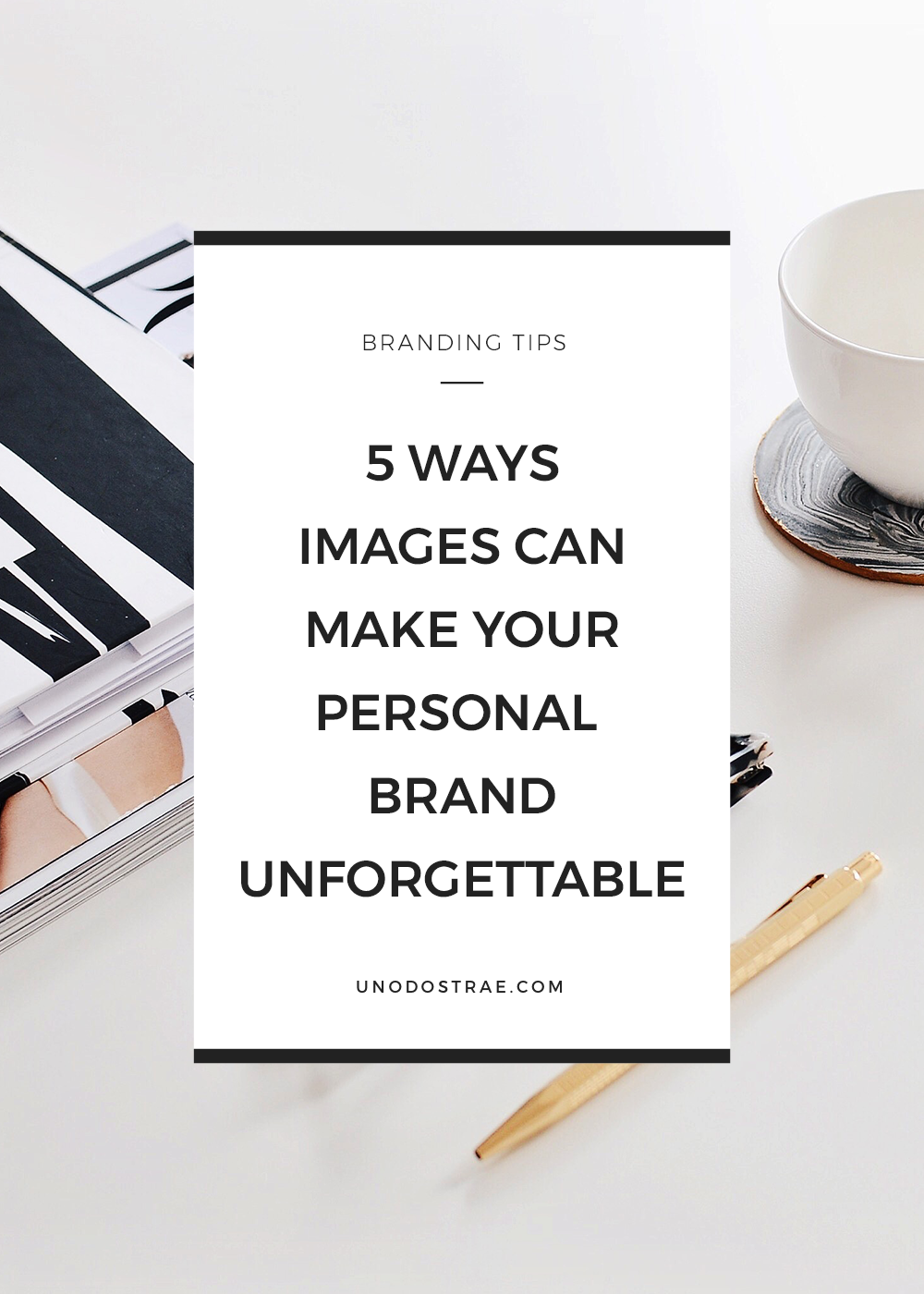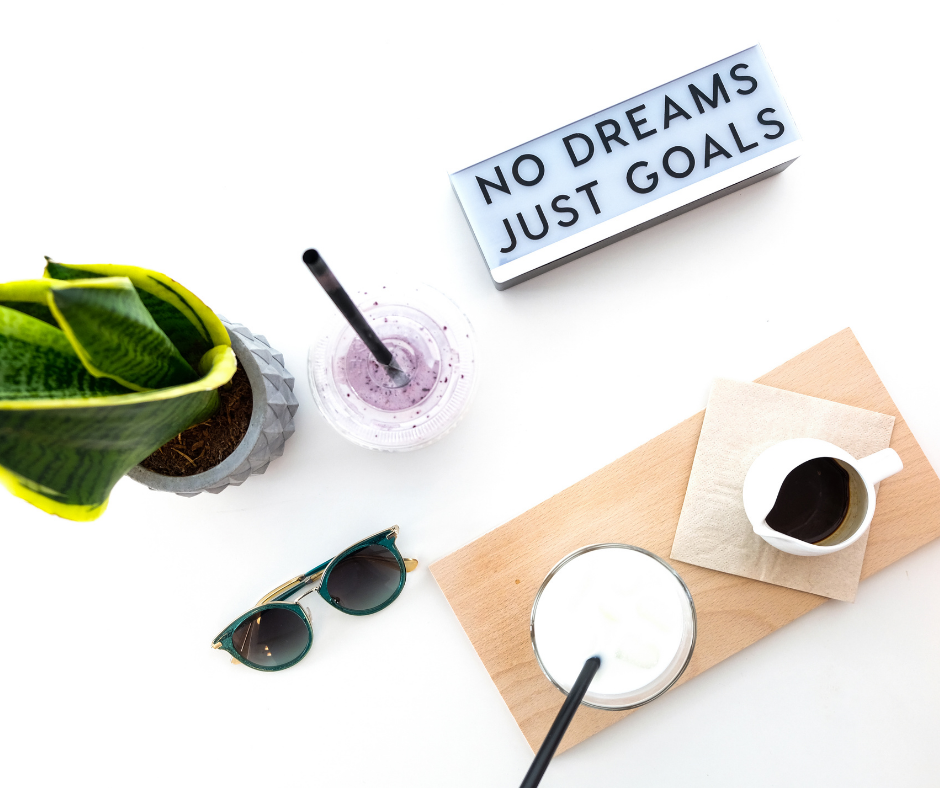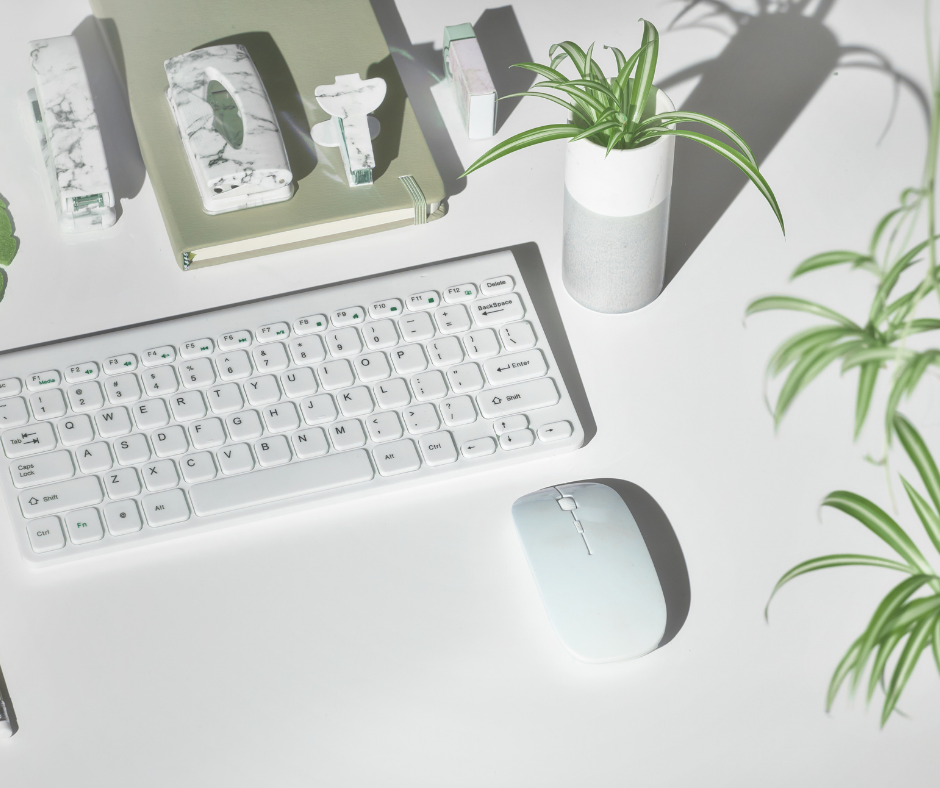
When it comes to building your own business, connecting with other like-minded people is invaluable. The space is constantly evolving and there are so many strategies that people have already tested and are willing to share their learnings. Brad Shorr is Director of Content Strategy at Straight North, an Internet marketing agency in Chicago that specializes in SEO, PPC and web design services. He has more than 25 years of sales and marketing experience and has been featured in leading online publications including Forbes, American Marketing Association and Entrepreneur. I know that many of you who come here to our site are building personal brands so we had Brad weigh in on how you can use visual marketing to boost your online presence.
5 Ways To Use Images To Strengthen Your Personal Brand
Great brands are visual brands. Think about it. You can identify Apple’s website from across the room simply by its design, use of white space, and the sparseness of text. Or you may recognize those golden arches on a billboard miles before you can read the McDonald’s sign.
For entrepreneurs, smart use of imagery goes a long way toward strengthening their personal brands. Not everyone will take the time to read your blog posts or study the “About” section of your website. But even casual contacts that scan your social media posts or spot you on a Google image search will see your images. Handle those images well, and many of these people will associate those images with an important aspect of your brand and remember you when the time comes for them to buy products or services you sell. Here are five tips for making the most of your online imagery.
1. Your Headshot Should Say Something Important
Your online headshot should convey a key aspect of your personal brand — an aspect of your personality that makes you stand out from the crowd. Too many headshots play it safe — standard background, standard business clothes, standard facial expression, etc. At the other end of the spectrum, others appear amateurish, looking more like a spur-of-the-moment selfie. The former comes from trying to please everyone with your headshot; the latter, from trying to please nobody.
The key to a great headshot is to understand what makes you stand out. For example, if you are a techie selling to technicians, maybe you want to play up a sense of nerdiness in your headshot (whatever that means to you). Search for an inspiration image of what you are trying to convey and see what elements you can adapt in your own photo.
Whatever you are — the cleverest, the hardest working, the most reliable — needs to come across front and center. If you put off people who are not in your target market with those features, so be it.
2. Use The Same Headshot Everywhere
There’s a lot of debate on this issue. Some people like to use different headshots on different media — a formal headshot on LinkedIn, a fun one on Facebook, etc. Generally speaking, this approach is OK for someone with a well-established personal brand. But it’s not so great for someone still trying to establish one. The benefit of using a single headshot is repetition. If people see one image of you here and a different one there, they may not put two and two together and realize you are the same person.
A compromise is to use a single headshot image, but edit it differently depending on the medium. For instance, you can use different backgrounds, like color vs black and white. This would allow you to have a little fun with your headshot on Facebook and be more professional on LinkedIn while retaining consistency and generating repetition.
3. Make Sure Your Headshot Is Authentic
Your headshot should always look like you. If you’re building a personal brand, then you may be attending networking events, speaking at industry shows, and so on. If people see inconsistency between you and your headshot, it will undermine the authenticity of your brand. This is why it’s important to periodically update your photo as you age, or if you change appearance in some very noticeable way. This could be a radically different hairstyle, major weight loss or the addition of eyeglasses. In addition to repetition, the most important element in personal branding is authenticity.
4. Optimize Your Images For Google
Image search is especially important if you sell a visual product or service. The first step in optimizing images in a way that supports your personal brand is to conduct keyword research. You want to identify popular and highly converting keywords associated with that personal brand. For instance, if you are in the home remodeling business, you’ve probably already optimized for terms like “home remodeling in (town)” and “kitchen remodeling.” To take it a step further, look for terms such as:
- “stylish kitchen remodeling”
- “refined kitchen remodeling”
- “sophisticated kitchen remodeling”
All three of these adjectives convey a personal brand of sophistication. But only keyword research will tell you which words are most popular among Google searches and other major search engines. If one or two adjectives appear especially popular, add those keywords to your image optimization. This means anywhere you display photos and graphics relating to your brand and offering. This not only includes images on your website, but also graphics in your guest blog posts, press releases, social media, and review websites.
5. Implement A Logo
If you’re on the fence over whether to add a logo to your company brand, I’d strongly suggest doing so. Here’s why:
- A logo that reinforces a key element of your personal brand (sophistication, nerdiness, etc.) will always be seen in connection with your company name. This drives home the point you’re trying hardest to make.
- As with headshots, people look at and remember logos far more often than they read text about your brand.
- An effective logo need not cost tens of thousands of dollars to produce. There are many, many talented designers who can help you develop a spot-on image at a fraction of that cost (check out DesignCrowd, People Per Hour, or Upwork to start).
- Logos work wonderfully as design elements in offline marketing materials such as coffee mugs, refrigerator magnets and T-shirts. Offline marketing still matters a lot, especially if your business serves a local market.
- You can add your logo to your online images and other design elements on your website and social media pages. This adds personal branding power to all of that collateral.
What image-related techniques have you used to successfully strengthen your personal brand? Let us know in the comments below.
Thanks Brad! If you have branding or entrepreneurial tips that you would like to share, apply as a contributing writer to our site by contacting hello@unodostrae.com.






